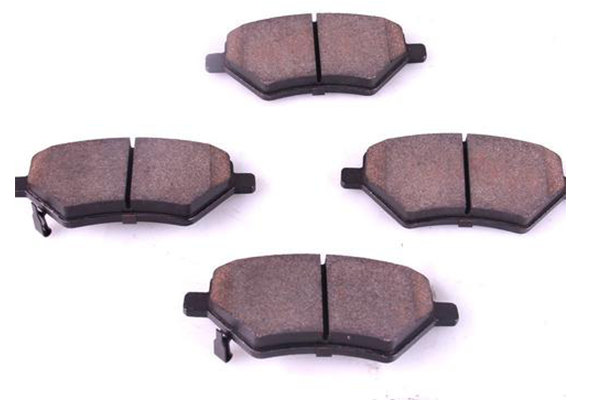Qiwei automobile brake pad manufacturers have discovered that in our daily use of automobiles, the brakes should be one of the more frequently used functions. However, as a mechanical component of automobile brake pads, we will encounter such and other problems more or less, such as Noise, jitter, peculiar smell, smoke... etc. But some people say "My brake pads are burnt." Is it strange? This is the so-called "carbonization" of brake pads
What is "carbonization" of brake pads?
The friction components of the brake pads are formed by high-temperature reaction die-casting of various metal fibers, organics, resin fibers and adhesives. Automobile braking is carried out by friction between the brake pads and the brake disc, and the friction inevitably generates heat energy.
When this temperature reaches a certain value, we will find that the brakes are smoking and accompanied by a pungent smell similar to burning plastic. When the temperature exceeds the high temperature critical point of the brake pad, the brake pad contains phenolic resin, styrene-butadiene masterbatch, stearic acid and other carbon-containing organic matter. The hydrogen and oxygen are removed in the form of water molecules, and finally only a small amount of phosphorus is left. , Silicon and other carbon mixture! So it looks gray-black after carbonization. In other words, it is "scorched".

Consequences of "carbonization" of brake pads:
1. With the carbonization of the brake pads, the friction material of the brake pads will become powdery and fall quickly until it burns out completely, at which time the braking effect will gradually weaken;
2. The brake disc is oxidized at high temperature (that is, our common brake pads are blue-purple) deformed, which will cause vibration and abnormal noise at the rear of the car during high-speed braking...
3. The high temperature causes the deformation of the seals of the brake cylinder, and the temperature of the brake oil rises. In severe cases, the brake cylinder may be damaged and the brake cannot be braked.